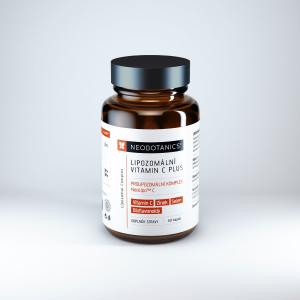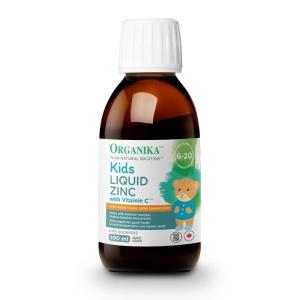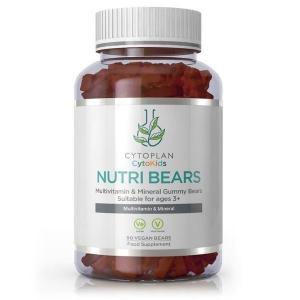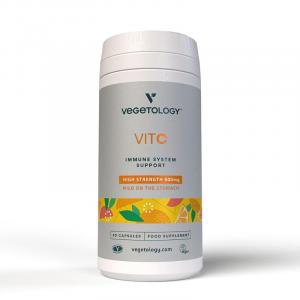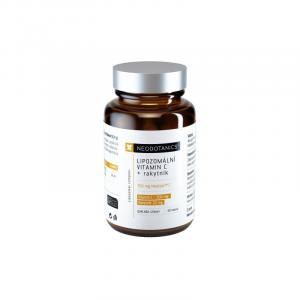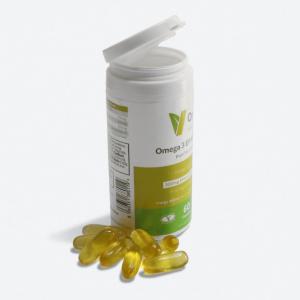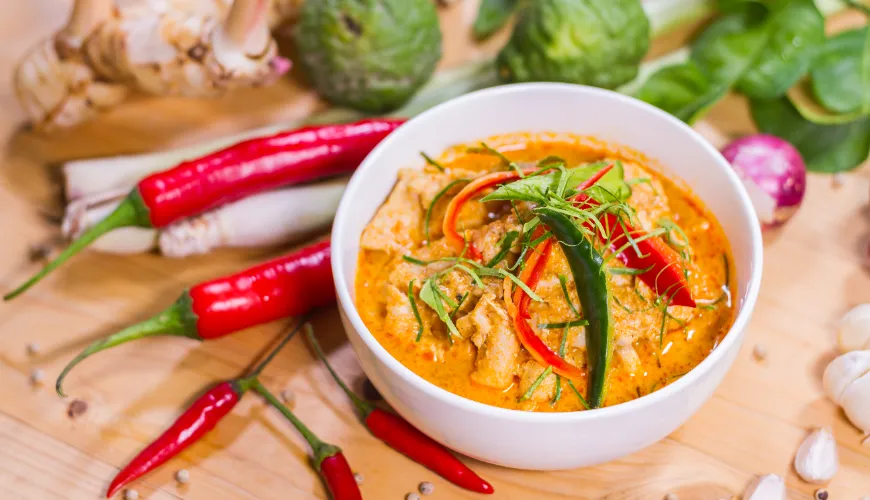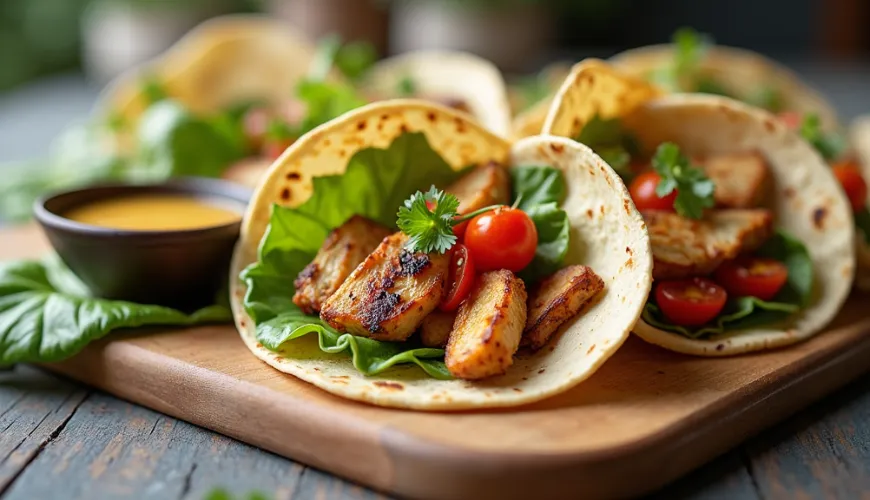
Seedless currant jam brings smoothness to your tables
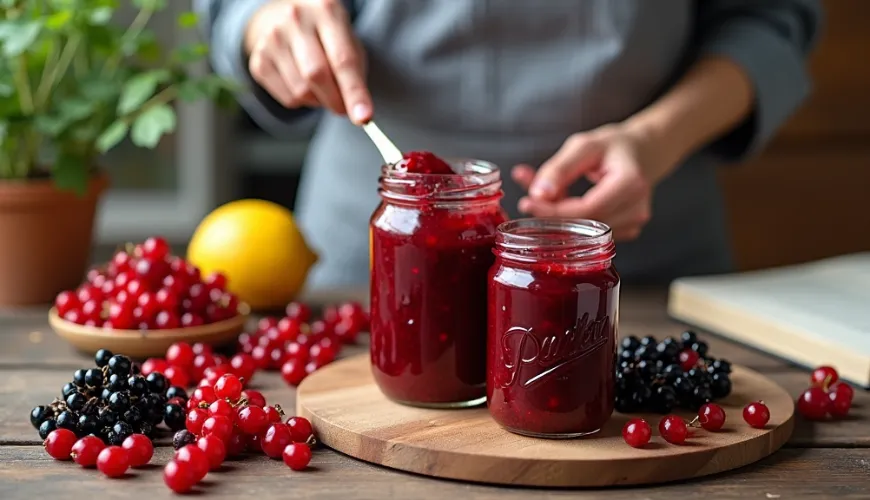
Currant Jam – A Classic That Never Disappoints
When you hear currant jam, most of us think of the taste of summer, holidays at grandma's, or a fragrant toast for Sunday breakfast. It's one of those flavors that doesn't fade with fashion trends or the arrival of exotic ingredients. Currants – whether red, black, or white – grow in many Czech gardens, and their season is an ideal opportunity to preserve this tangy delicacy for the cooler months.
But perhaps you're bothered by the classic problem: seeds. Not everyone likes currant jam with its typical graininess. That's why more and more people are looking for seedless currant jam, which is smooth, delicate, and ideal even for the little ones. The good news is that anyone can make it – without unnecessary chemicals or complex procedures.
Why Currants?
Currants are not only tasty but also nutritionally valuable. They contain a high amount of vitamin C, antioxidants, pectin, and fiber. Black currants, in particular, are considered a superfood because they support immunity, improve vision, and have anti-inflammatory effects. And red currants? They are the queen of homemade jams thanks to their fresh acidity and natural pectin content, which helps them gel beautifully without the need for artificial thickeners.
Try our natural products
In practice, this means that currant jam is not only delicious but also a healthier alternative to regular sweet spreads.
Currant Jam – A Recipe That Works
There are many versions of how to make homemade currant jam, but one recipe proves successful time and time again. It works great for both the smooth, seedless version and the classic rustic version.
What you'll need:
- 1 kg of red currants (fresh or frozen)
- about 500–700 g of granulated sugar (to taste)
- juice of 1 lemon
- gelling agent (such as 2:1 gelling sugar for a quicker process)
Instructions:
- Remove the currants from the stems, wash, and let them drain. If you're making seedless currant jam, it's best to pre-cook the currants and then strain them through a fine sieve or cloth. This will yield pure juice, which serves as the base for seedless jam.
- In a pot, bring the currants (or currant juice) to a boil. Add lemon juice and gradually the sugar. If using gelling sugar or pectin, follow the dosage on the package.
- Cook for about 5–10 minutes until the jam starts to thicken. A good trick is to do the plate test – drop a little hot jam on a plate and let it cool. If it doesn't run, it's done.
- Pour the hot jam into sterilized jars, close them immediately, and turn them upside down. After a few minutes, turn the jars back and let them cool.
This results in a smooth, sweet and tangy spread that you can store in the pantry and bring out when you want a taste of summer on your bread.
Seedless Currant Jam
Many people don't like the crunch of seeds between their teeth – especially children and seniors. That's why more and more home confectioners are leaning towards the seedless currant jam variant. Besides being smoother and spreading better, it also has a more luxurious appearance, making it suitable as a filling for cakes or Linzer cookies.
The advantage is that if you strain the currants beforehand, you eliminate the need for complex flavor adjustments – the taste is more concentrated, and less sugar is needed. The jam also acquires a beautiful rich color and silky consistency.
Homemade vs. Store-Bought Jams
You might be thinking: "Why bother when I can buy jam in the store?" The answer is simple – ingredients. Commonly available jams often contain glucose-fructose syrup, artificial flavors, or preservatives. On the other hand, homemade currant jam contains only what you put into it yourself.
Moreover, homemade jam is an ideal gift – whether as a small token during a visit or as part of a Christmas gift set. A jar with a handwritten label is more delightful than many store shelves.
One of our readers, Mrs. Helena from Vysočina, wrote to us: "Every year I make currant jam using my grandmother's recipe. This year, I tried the seedless version for the first time – and the jars were gone by Christmas. My grandson calls it princess jam, saying it doesn't stick to his teeth."
What to Do If You Don't Have Currants?
Maybe you don't have your own bushes, or you didn't manage to pick currants. No problem. Many farmers offer currant puree, which is already seedless and ready for further processing. Or you can opt for frozen fruit, which maintains its quality throughout the year.
Additionally, there are organic products without added sugar on the market, which you can use as a base for homemade jam. Just lightly cook, season, and jar them. For those who focus on a healthy lifestyle, it's an ideal compromise – homemade taste without unnecessary effort.
Tips and Tricks for Perfect Jam
When preparing to make currant jam, it's good to think ahead and choose the right pot – ideally stainless steel or with an enamel surface, as currants are quite acidic and could react with regular metal, negatively affecting the taste and resulting color. If you also plan to make jam without sugar – which is a great choice if you want a healthier variant – you can use natural pectin from apple peels or citrus fruits. This helps the jam thicken nicely even without regular sugar.
And if you're looking for a way to make the jam a bit more special, try adding a teaspoon of rum or a touch of vanilla extract – even a small amount brings a completely different tone to the final taste. It will beautifully enhance the aroma and consistency. And if currants alone aren't enough for you or you want to be creative, don't be afraid to mix in some raspberries or cherries. This creates an interesting fruit duo with not only a beautifully rich color but also a more complex and deeper taste that might pleasantly surprise you.
Jam making is not just a culinary task – it's an experience that connects generations. Many families have their own "secret" currant jam recipe, passed down from mother to daughter, from grandmother to granddaughter. This turns ordinary fruit into something much more valuable than just a jar on the shelf.
In an era where we strive to live healthier, more sustainably, and with an awareness of the environment, homemade jam has its rightful place. It's not just nostalgia – it's also a conscious return to values where we know what we eat and where it comes from. And that may be more valuable today than ever.
